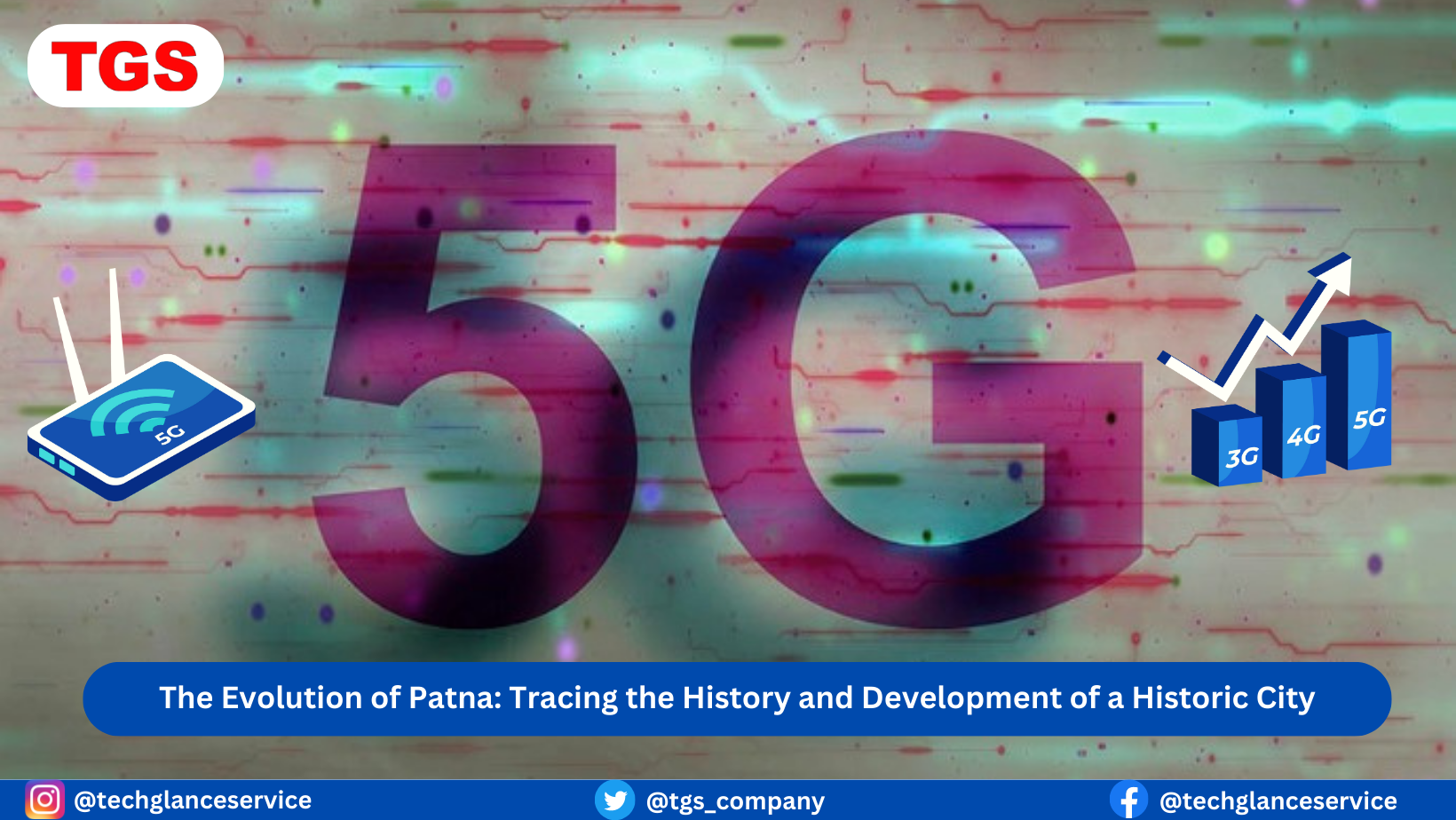The arrival of 5G technology has sparked excitement and anticipation among individuals, corporations, and governments alike in today’s quickly expanding technological landscape. This dramatic jump in connectivity has the potential to transform the way we interact with our devices, participate in numerous activities, and, eventually, our daily lives. From lightning-fast download rates to machine-to-machine communication, 5G technology has the ability to open up a plethora of options while also posing a number of obstacles. This article delves into the many facets of 5G technology, examining its potential impact on daily life and weighing its benefits and drawbacks.
The Promise of 5G Technology:
1. Lightning-Fast Connectivity: One of the most publicised benefits of 5G technology is its incredible speed. 5G is expected to revolutionize the way we consume digital material, with download speeds ranging from 10 to 100 gigabits per second. This technology will greatly improve the user experience, from downloading enormous files in seconds to streaming high-definition material without buffering.
2. Low Latency: When compared to its predecessors, 5G technology has much lower latency. This low latency is critical for real-time applications such as remote surgery, self-driving cars, and augmented/virtual reality (AR/VR) experiences. Users may interact with digital worlds fluidly with latency as low as one millisecond, making these applications more immersive and practical.
3. Internet of Things (IoT) Revolution: 5G’s ability to support a vast number of connected devices per unit area transforms the IoT ecosystem. Smart cities, smart homes, and industrial automation will become more practical and efficient as a result. Smart appliances, wearable gadgets, and sensors can communicate in real-time, allowing for better data-driven decision-making.
4. Improved Mobile Experiences: 5G technology will improve mobile experiences in ways other than speed. It will allow for more efficient spectrum utilization, resulting in improved coverage and connection even in heavily populated locations. This is especially important when it comes to guaranteeing stable connectivity during huge events and catastrophes.
5. Industry Transformation: 5G technology has the potential to assist industries across the board. Manufacturing can use real-time monitoring and predictive maintenance, healthcare can use remote diagnostics and telemedicine, and agriculture can use precision farming. The potential for innovation across industries is enormous.
Pros:
1. Technological leap: 5G technology represents a substantial technological leap, allowing for the realization of futuristic concepts like as self-driving cars and smart cities.
2. Economic Growth: The broad use of 5G is expected to stimulate economic growth by spawning new business models, creating jobs, and boosting innovation.
3. Improved Healthcare: With 5G technology, remote surgery, real-time patient monitoring, and telemedicine can become more effective and accessible, particularly in underprivileged areas.
4. Improved Entertainment: High-quality streaming, augmented reality games, and immersive virtual reality experiences will revolutionize entertainment and leisure activities.
5. Environmental Impact: The efficiency of 5G networks can lead to lower energy consumption as compared to earlier generations, helping to ensure environmental sustainability.
Cons:
1. Infrastructure Investment: Putting 5G into action necessitates major infrastructure investment, including the installation of new cell towers and the upgrade of existing ones, which may be both costly and time-consuming.
2. Health worries: While the study on the health effects of 5G is ongoing, there are worries regarding potential long-term health effects from increasing electromagnetic radiation exposure.
3. Data Privacy and Security: As new entry points for cyber-attacks become available, the expansion of connected devices and data sharing in 5G networks raises worries about data privacy and cybersecurity.
4. Digital Divide: While 5G offers exceptional connection, its deployment may aggravate the digital divide by leaving underprivileged areas behind due to restricted infrastructure development.
5. Compatibility concerns: The shift to 5G entails a time of coexistence with older technologies, which may result in compatibility concerns and challenges.
Conclusion:
As 5G technology continues to spread around the world, its potential to revolutionize daily life is certainly tremendous. 5G opens the door to innovation across industries, revolutionizing the way we work, communicate, and entertain ourselves, thanks to its lightning-fast speeds, low latency, and capacity for connecting innumerable devices. However, it is critical to proceed with caution, taking into account both the prospective benefits and potential pitfalls. Addressing infrastructural issues, health concerns, and privacy concerns will be critical to ensuring that the promises of 5G are realized without jeopardizing individual well-being or the protection of sensitive data.
Finally, exploring the possibilities of 5G in everyday life is a journey that will necessitate collaboration among technology suppliers, governments, sectors, and consumers. We can make the most of this disruptive technology and design a future where connectedness knows no bounds by embracing the benefits and being prepared to face the problems.


